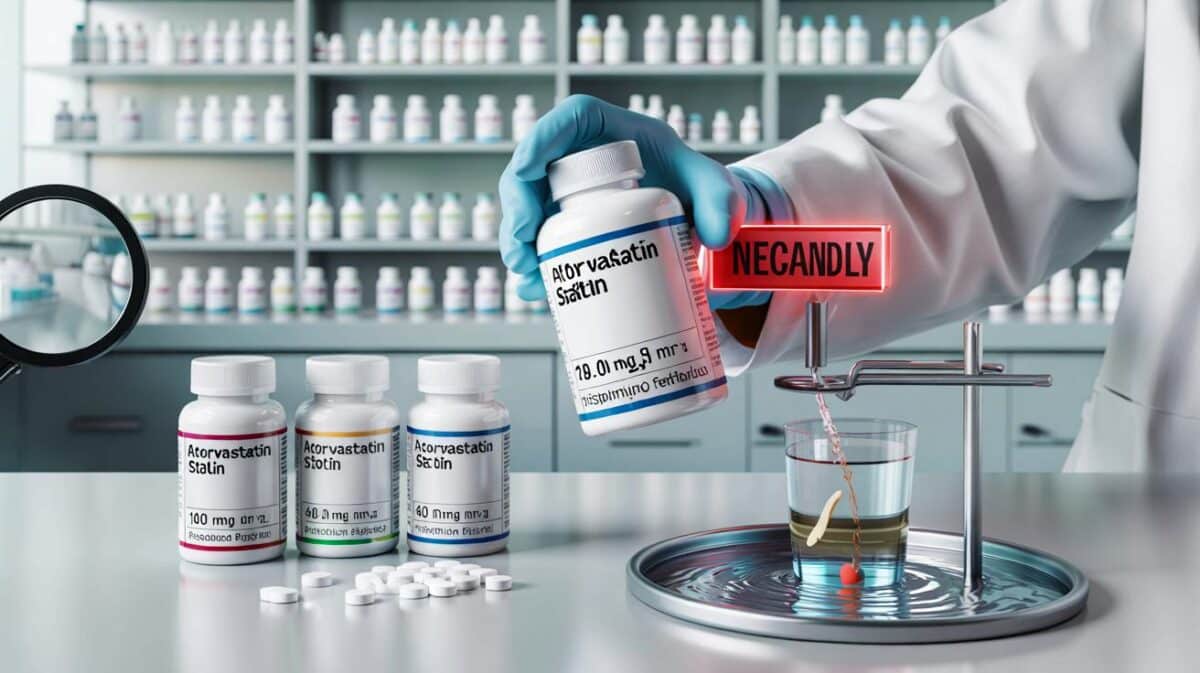The mirror looked pretty rather than precious at first glance. A $9.99 sticker hung from its handle. Then two tiny words on the back reframed everything.
A weekend trawl leads to a gleaming curve of silver
Alexander, a regular with an eye for vintage salon pieces, drifted along the bric-a-brac aisle of a Goodwill in Reno. His wife runs a hair salon dressed with period tools: hand trimmers, barrel curlers, early blow dryers and mirrors. He scans for items that carry history without a punishing price tag.
A silver-toned hand mirror stopped him. The handle had weight. Tarnish bloomed around the edges in a way plated metal rarely mimics. He paid for it on the spot, imagining it on a hook beside the styling chairs.
Only at home did the detail emerge. On the back, two crisp words sat in tiny letters beside a date: “Webster Sterling” and 1953. The price he paid—$9.99—suddenly looked very small.
Two words on the back—Webster sterling—shift a pretty prop into a collectible with intrinsic metal value.
Comparable pieces from the same mid-century maker regularly change hands online between about $75 and $200 (roughly £60 to £165), with condition and pattern dictating the spread. Alexander’s mirror presents clean glass, honest patina and a clear hallmark, the trifecta that supports the upper band of those figures.
From $9.99 on a plastic rack to potentially $200 on a bidding page: that is the thrift-shop spread.
What those two words really mean
“Sterling” means 92.5 percent pure silver blended with copper or similar metals for strength. The term is regulated, so the word itself carries weight. “Webster” refers to Webster Company, a respected American silverware maker active through the 20th century, known for vanity sets, frames and small domestic silver goods. A 1953 date aligns with the firm’s peak period for vanity pieces, placing this mirror squarely in mid-century American design.
How to tell sterling from silver plate in seconds
Spotting real sterling in a crush of second-hand goods takes habit more than luck. A rapid check can save you missing the good stuff.
- Look for words: “sterling”, “925” or a maker’s hallmark; plating may say “EPNS”, “EP” or “silverplate”.
- Feel the weight: sterling often feels denser than plated base metals of similar size.
- Study the wear: plating rubs thin on high spots, revealing a yellow or grey base; sterling shows consistent colour under tarnish.
- Use a magnet: sterling is non-magnetic; a strong magnet that sticks means base metal beneath.
- Check seams and edges: poor plating can pool at joints; crisp, well-finished edges often signal higher quality.
What condition can do to value
Condition governs price as much as the hallmark. Dents, deep scratches and clouded glass drag a mirror into “parts” territory. Crisp detail, flat glass and professional cleaning nudge it up. The range below illustrates how a 1950s sterling-handled mirror might sit at retail or auction today.
| Condition | Typical price (USD) | Typical price (GBP) |
|---|---|---|
| Heavy dents, loose glass, repairs needed | $40–$80 | £32–£65 |
| Honest wear, minor dings, clear hallmark | $75–$150 | £60–£120 |
| Crisp detail, clean glass, polished sympathetically | $150–$220 | £120–£180 |
Thrifting’s quiet boom by the numbers
Across the United States, more than 25,000 resale and consignment shops supply a daily stream of second-hand goods. Bargain hunters speak of two wins: savings on items they keep and occasional profits on items they flip. Recent headlines tell the story vividly. One buyer paid $5 for a Halloween mask and later banked more than $700. Another spotted a designer garment with a retail tag near $922 selling second-hand for about $13. Someone else grabbed a bag of used pens for $3 that turned out to be a $100 lot.
These upside cases are not everyday outcomes, but they show why people keep looking. Knowledge compounds. The more labels, hallmarks and construction details you learn, the more often you back a winner. Silver brings a double buffer: metal content and maker cachet.
The psychology of the hunt
Thrifting rewards patience and pattern recognition. You learn where quality hides on crowded shelves: in materials, joints, fastenings, and marks. You remember hand-feel. You train your eyes to read patina rather than fear it. The small risk—spending a few dollars on a hunch—feels acceptable when the upside can be several multiples of cost.
What happens to the mirror now
Alexander’s find will not hit an auction any time soon. He bought with his wife’s salon in mind and intends to keep it in service. A piece like this does more than reflect a hairstyle. It sets a tone for the room: mid-century glamour without the fuss. It also starts conversations, which is marketing gold for a customer-facing business.
Care, cleaning and common mistakes
Polish gently and rarely. Over-polishing can soften crisp edges and erase the very patina buyers admire. Use a microfibre cloth and a non-abrasive silver polish. Avoid harsh dips that can streak or pit. Keep the piece dry; moisture under the glass can cloud the mirror plate. If the glass loosens, a professional can reset it without scarring the handle.
If you fancy replicating the win
Set a modest budget per visit and stick to quick rules. Scan for hallmarks first; check condition second; decide fast. Photograph marks and patterns to look up later. Keep a short list of makers that hold value in small goods—Webster, Gorham, Towle, Reed & Barton—and learn their typical fonts and logos. Practice picking up and weighing by hand; your sense of density gets sharper with repetition.
Risks, rewards and when to walk away
Replicas and misleading marks exist. Some plated items carry confusing words like “sterling finish”. If any detail feels off—odd smell, flaking at edges, stamped letters that look too soft—leave it. The reward lies in selectivity. Five passes for one buy still tilt the numbers in your favour when that one buy carries real value.
For collectors who plan to keep sterling pieces, consider a basic household content note with your insurer if single items exceed a few hundred pounds. For sellers, track comparable sales over a month to find a realistic price band, and factor in fees and postage. A mirror at $150 might net closer to $120 after costs, which still dwarfs a $9.99 outlay.
The lesson from a $9.99 hand mirror is simple and portable: learn two or three reliable signals, keep your hands moving on the shelves, and let small numbers compound. In second-hand silver, knowledge pays twice—first in avoiding mistakes, then in catching the quiet treasures that others pass by.









Love the breakdown on sterling vs plate—those quick checks are gold. Makes me want to hit Goodwill at lunch.
Are we sure the hallmark isn’t faked? “Webster Sterling” gets copied a lot. Any tips beyond magnet and weight to verifiy?